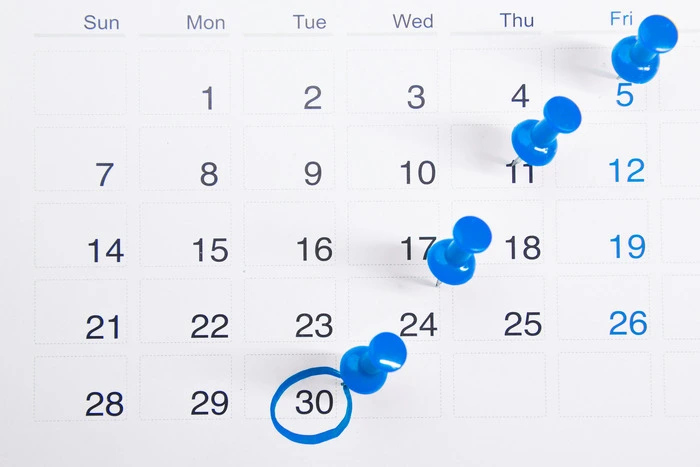
Breathe Easy Insurance Articles
Find information and resources on SR-22 insurance, ignition interlock devices, DUI topics, and more from our article hub. Our experts are dedicated to provide you helpful content so you can stay informed as you search for high-risk insurance and other needs in the DUI process.
Featured Articles

Call us anytime at
833-786-0237
Our specialists are ready to guide you.



